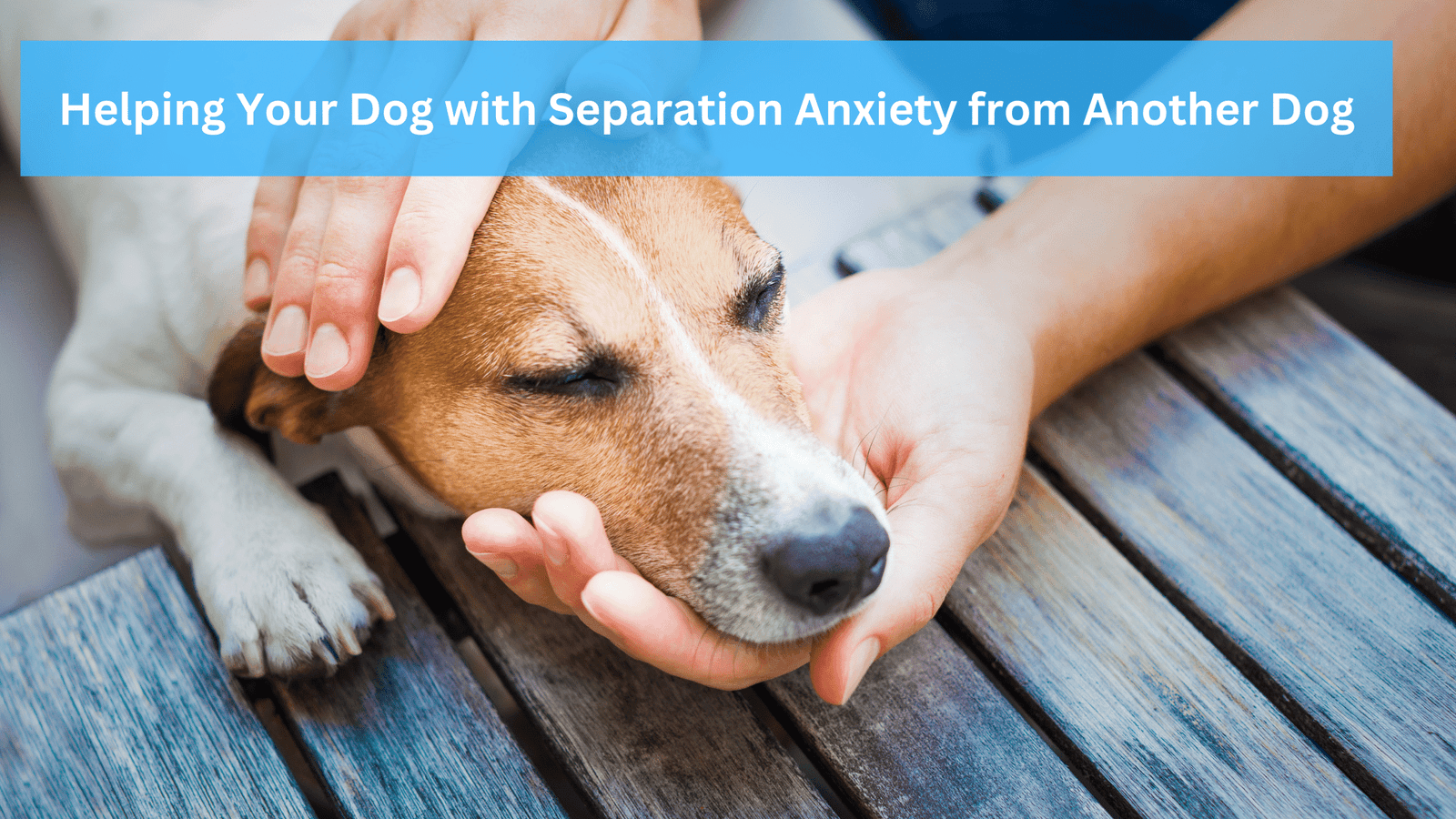Separation anxiety isn’t just a problem between dogs and their human companions. Sometimes, dogs can experience intense distress when separated from their fellow canine buddies. If your dog shows signs of anxiety when separated from another dog, there are steps you can take to ease their distress and help them adjust.
Understanding Separation Anxiety in Dogs
Separation anxiety manifests in various ways. Common signs include:
- Excessive barking or whining
- Destructive behavior, such as chewing furniture
- Pacing or restlessness
- Drooling or panting
- Attempting to escape from the home
These behaviors indicate that your dog is feeling stressed and insecure without their canine companion. Addressing this issue requires patience, consistency, and a mix of behavioral techniques and environmental changes.
Steps to Help Your Dog with Separation Anxiety from Another Dog
- Gradual Desensitization Gradual desensitization involves slowly acclimating your dog to being separated from their buddy. Start by separating them for short periods and gradually increase the time apart. Ensure the separated dog is occupied with toys, treats, or puzzles to distract them from their anxiety.
- Create a Safe Space Designate a comfortable and secure area for your dog when they are alone. This space should include their favorite toys, bedding, and perhaps a piece of clothing with the other dog’s scent. Familiar items can help soothe their anxiety.
- Exercise and Mental Stimulation Ensure your dog gets plenty of physical exercise and mental stimulation. A tired dog is less likely to feel anxious. Engage them in activities such as fetch, tug-of-war, and training exercises to keep their mind occupied and their energy levels balanced.
- Positive Reinforcement Use positive reinforcement to reward your dog for calm behavior during separation. Treats, praise, and affection can reinforce the idea that being alone is a positive experience. Avoid making a fuss when leaving or returning home, as this can heighten anxiety.
- Comfort Items Provide comfort items like a soft toy or a piece of the other dog’s bedding. The familiar scent can have a calming effect and provide a sense of security.
- Consistency and Routine Dogs thrive on routine. Establish consistent times for feeding, walking, and playtime. A predictable schedule can help reduce anxiety and create a sense of stability.
- Professional Help If your dog’s separation anxiety is severe, consider consulting a professional dog trainer or a veterinarian. They can offer specialized training techniques and, if necessary, discuss medical options such as anti-anxiety medication.
- Use Technology Technology can be a great ally in managing separation anxiety. Pet cameras allow you to monitor your dog while you’re away, and some even let you talk to them or dispense treats remotely. This can provide reassurance and reduce their anxiety.
- Slow Transitions If the separation is due to one dog moving to a new home, make the transition as gradual as possible. Arrange for playdates or short visits to help your dog adjust to the absence of their friend over time.
- Interactive Toys Invest in interactive toys that can keep your dog engaged for long periods. Puzzle feeders, treat-dispensing toys, and durable chew toys can provide mental stimulation and distraction.
Also Read: How to Teach Your Dog to Roll Over: Best Guide
Also Read : Can Dogs Smell Through Vacuum Sealed Bags? Unpacking the Truth
Conclusion
Helping your dog cope with separation anxiety from another dog requires understanding, patience, and a proactive approach.
By gradually desensitizing them to separation, creating a comforting environment, and using positive reinforcement, you can ease their anxiety and help them become more independent.
Remember, every dog is different, so it’s important to tailor these strategies to your dog’s specific needs. With time and consistency, your dog can learn to feel secure and calm even when their canine companion isn’t around.







